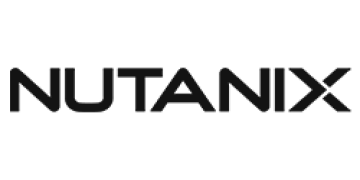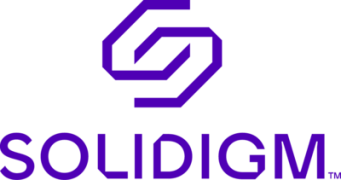OVERVIEW
The Internet of Things (IoT), Internet of Everything (IoE), Big Data, Machine-to-Machine (M2M), and related concepts are all generating an increasing amount of hype. The high tech industry is looking beyond mobility to ambience: sensor-enabled systems of systems are transparently enriching peoples’ lives within a seamless set of intelligent environments. One good example of IoT vision is Corning’s depiction of “ubiquitous displays” in their February, 2011 video, A Day Made of Glass. Just as the “paperless office” concept, first floated in the 1960s and 1970s, is only now becoming reality, this new vision of ambient interactivity and intelligence is very much in its infancy. IoT will likewise take decades to mature. What is different today is that we have a strong cautionary example fresh in our collective consciousness. The organic, unplanned, and unanticipated growth of the PC, Internet, and the World Wide Web gives us ideas for where we should design systems differently for this next generation of infrastructure. We’ve all spent too much of our personal time managing PCs and other devices to keep them configured properly, up-to-date, and protected from malware—never mind those random moments of panic when it becomes apparent that we’ve lost data, or despite reasonable precautions we’ve been hit by malware. If you run an IT department, an online service, or a hosting center, you have seen that play out far more frequently and on a much larger scale. Current methods for managing enterprise IT infrastructure will not scale to meet the demands of IoT’s systems of systems. Early frameworks for this visionary universe of ambient, sensor-enabled systems of systems are mostly focusing in on vendor-specific issues. They are either too narrowly scoped: sensors, Big Data analytics, data connectivity, transport and security, managing complex systems of systems in the field. Or they are too broadly scoped: ill-defined, and are overreaching to define too many attributes of these systems…attributes that have not yet been adequately envisioned. The challenge is to start with end-to-end services delivery in mind, while leaving room for technology and market evolution and innovation-driven value over the next few decades. The concept of “Intelligent Systems” is emerging as a way for today’s infrastructure vendors to create a useful market structure and compete in key components of these embryonic end-to-end services.TABLE OF CONTENTS
- Brief History of the Future
- Defining Intelligent Systems (IS)
- Early Competitive Field
- Getting Started With IS
You can download this research note free of charge here.
Patrick founded the firm based on his real-world world technology experiences with the understanding of what he wasn’t getting from analysts and consultants. Ten years later, Patrick is ranked #1 among technology industry analysts in terms of “power” (ARInsights) in “press citations” (Apollo Research). Moorhead is a contributor at Forbes and frequently appears on CNBC. He is a broad-based analyst covering a wide variety of topics including the cloud, enterprise SaaS, collaboration, client computing, and semiconductors. He has 30 years of experience including 15 years of executive experience at high tech companies (NCR, AT&T, Compaq, now HP, and AMD) leading strategy, product management, product marketing, and corporate marketing, including three industry board appointments.
- Patrick Moorheadhttps://moorinsightsstrategy.com/author/phfmphfmgmail-com/
- Patrick Moorheadhttps://moorinsightsstrategy.com/author/phfmphfmgmail-com/
- Patrick Moorheadhttps://moorinsightsstrategy.com/author/phfmphfmgmail-com/
- Patrick Moorheadhttps://moorinsightsstrategy.com/author/phfmphfmgmail-com/






















































































